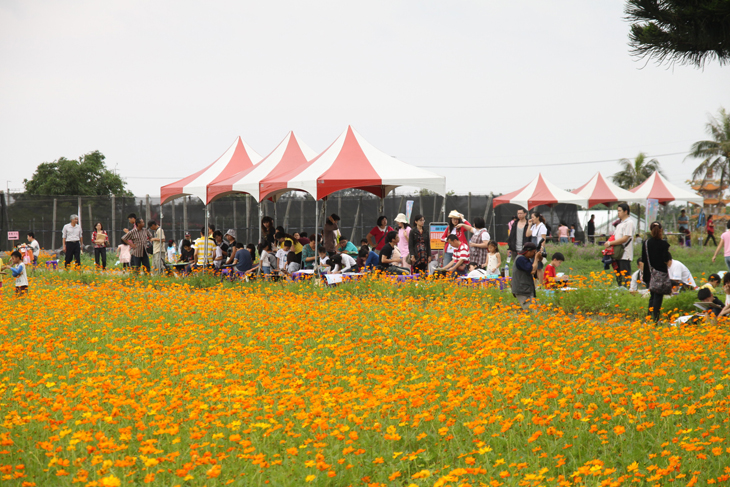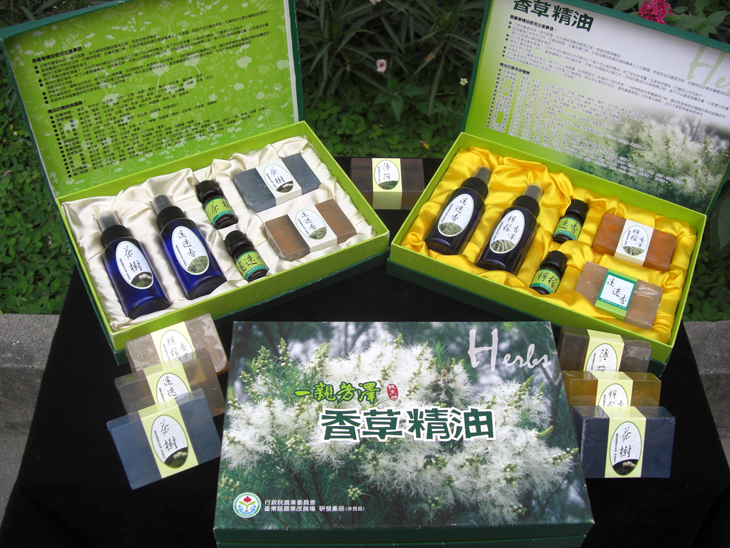In 1965, we bred and registered the millet varieties 'Taitung 1 to 6', which yielded harvests 31.9-46.9% greater than the local varieties. In 1993, we again bred another variety, 'Taitung 7'.On October 31, 2008, Taitung 8 was registered. This variety can be grown at low and middle altitudes, and it yields harvests 20% greater than 'Taitung 7'. On June 1, 2012, we registered our latest variety, 'Taitung 9'. This variety has a short spike and produces stable yields 2,800 kg/ha. It grows quickly and ripens 5-7 days before the variety that is now most commonly grown. This greatly decreases the chances of being eaten by birds or being affected by natural disasters, so it has extreme potential as a crop. In an effort to enhance quality and production, we will continue to breed new varieties that yield good harvests, produce erect leaves, can handle dense growing conditions and are disease resistant.

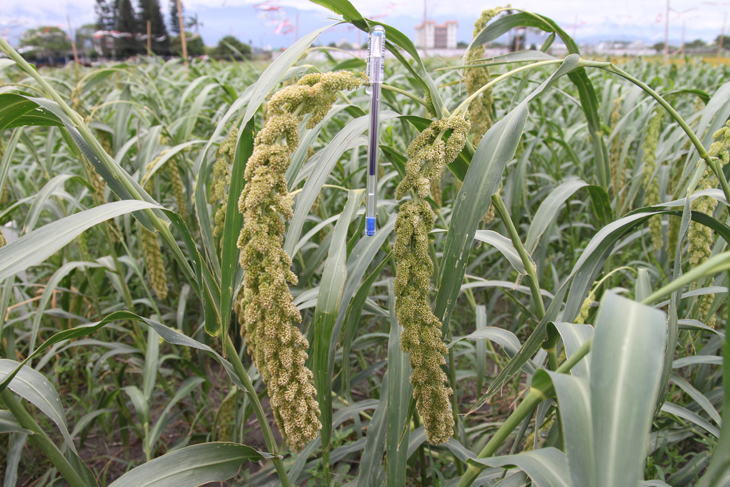
Pigeon pea breeding:
Pigeon peas are usually grown in rural, infertile, semi-non-irrigated hillsides. Their distribution is very sporadic over vast stretches of land, making for a very extensive mode of farming. Most of those grown are used only by farmers themselves. With regard to variety, most grow from seeds found naturally in the area. Due to their high rate of natural hybridization, varieties are both mixed and numerous. Their growth periods are often disturbed by typhoons and heavy rains that cause serious lodging and withering, thus lessening production. On January 18, 2011, we registered three new varieties: Pigeon Pea 'Taitung 1 to 3'. Pigeon Pea 'Taitung 1' has a white seed coat. When mature, the leaves are yellowish and obviously semi-deciduous in appearance. They produce 1,450-1,600 kg/ha. 'Taitung 2' has a dark brown seed coat. It is brightly colored and is very resistant to disease and pests. It stands relatively erect and produces 1,100-1,250 kg/ha. 'Taitung 3' has a black seed coat. It does well in infertile soil, and its seeds possess a total antioxidant capacity of as high as 84.6%, giving it the potential of developing into a marketable health food. It produces 1,150-1,200 kg/ha.
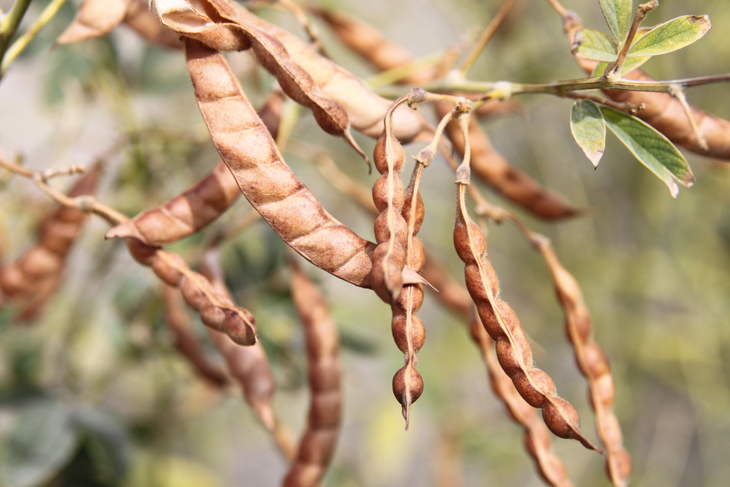
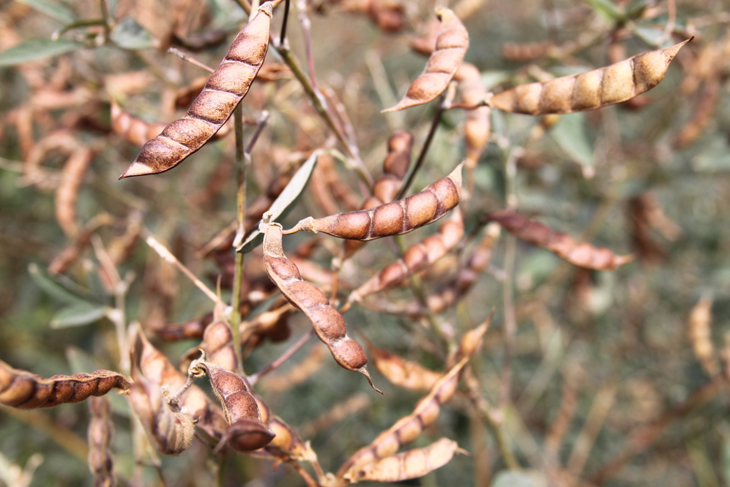
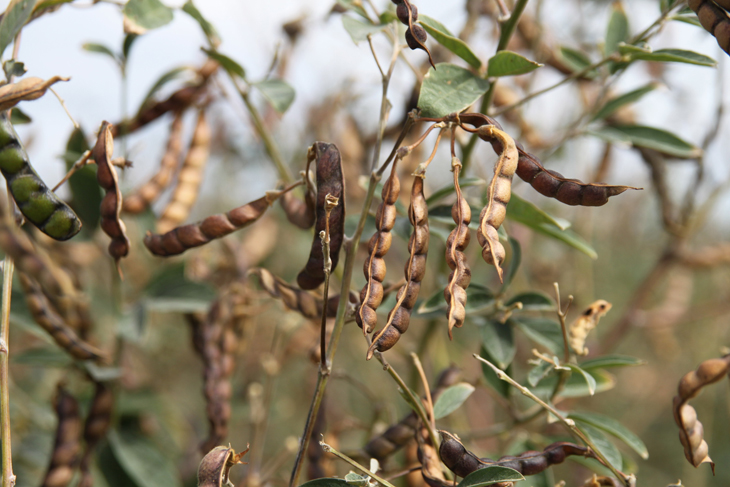
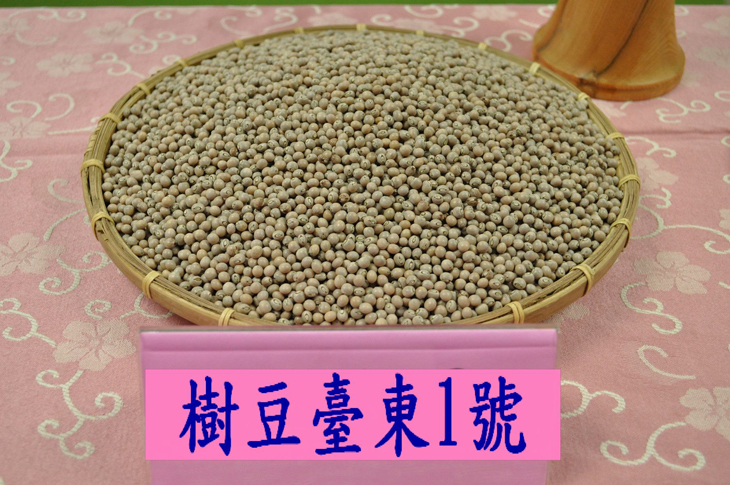
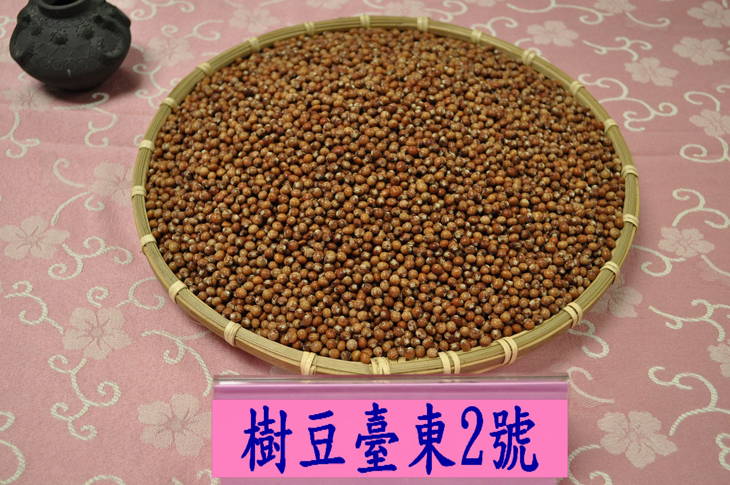
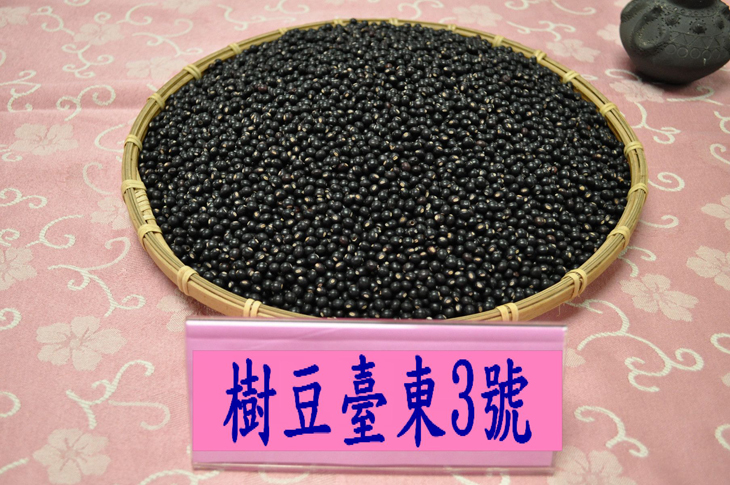
Chenopodium formosana breeding:
Chenopodium formosana is indigenous to Taiwan, and it is commonly grown by the indigenous people of the central, southern and eastern regions of the island. It adapts well to new environments and requires little from nature. Moreover, it is very seldom affected by diseases or pests. Besides its grains being edible, the rest of the plant can be eaten as a vegetable. It may also be used as ornamental flowering or a green fertilizer. There is a high heterogeneity of varieties all over Taiwan. The plant has irregular traits, so it’s difficult to make growing economically beneficial. Moreover, there has been very little research on it. In 2009, we collected 20 varieties from Taitung, Hualien and Pingtung for observation and research. We selected 13 of the better varieties and plan to breed them into plants that are short, ripen early, have a high harvest index, produce large grains and are low in saponin. Such new, high-yielding varieties will make for an economically viable mode of growing that can be passed on to farmers.
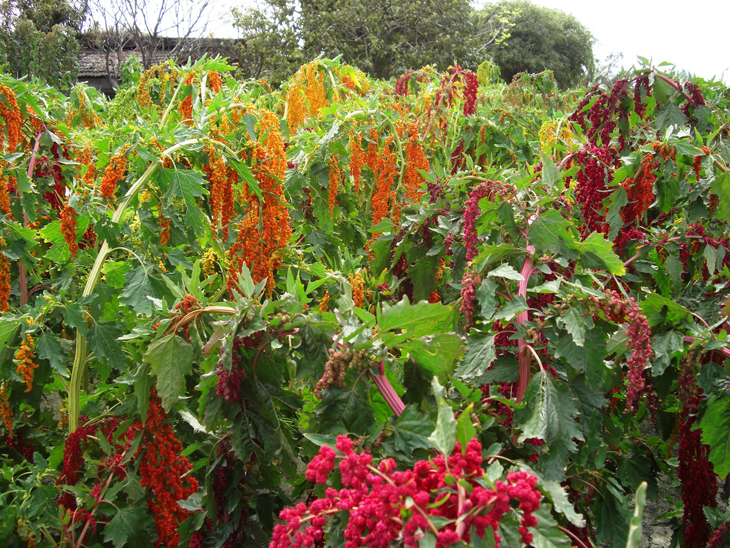
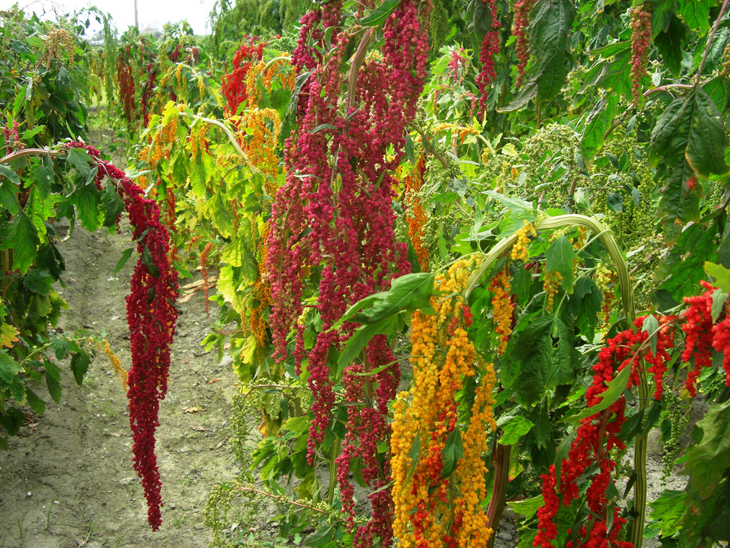
Growing and uses of herbs:
Recently, Taiwanese people have become more concerned about healthy living and fully aware of the harm synthetic chemicals pose to the body. As a result, they have started using natural ingredients in their cooking. Herbs have been commonly grown and used in Japan and the West for a long time now. The term "herb" comes from the Latin for "grass" or "green crop", and these greens are often grown in people’s gardens or on their balconies, readily available as fresh ingredients to be picked whenever needed for tea or cooking. In an effort to develop the cultivation of herbs and integrate them with the local tourism industry, we began collecting and researching varieties in 2001. We have collected a total of 115 varieties, actively exploring cultivation management techniques and evaluating their adaptability. After years of breeding, domestication and cultivation, we have come up with 45 varieties that can be grown in Taitung and may be further developed into herbal tea drinks, essence oils, bathing materials, handicraft decorations and other products.
